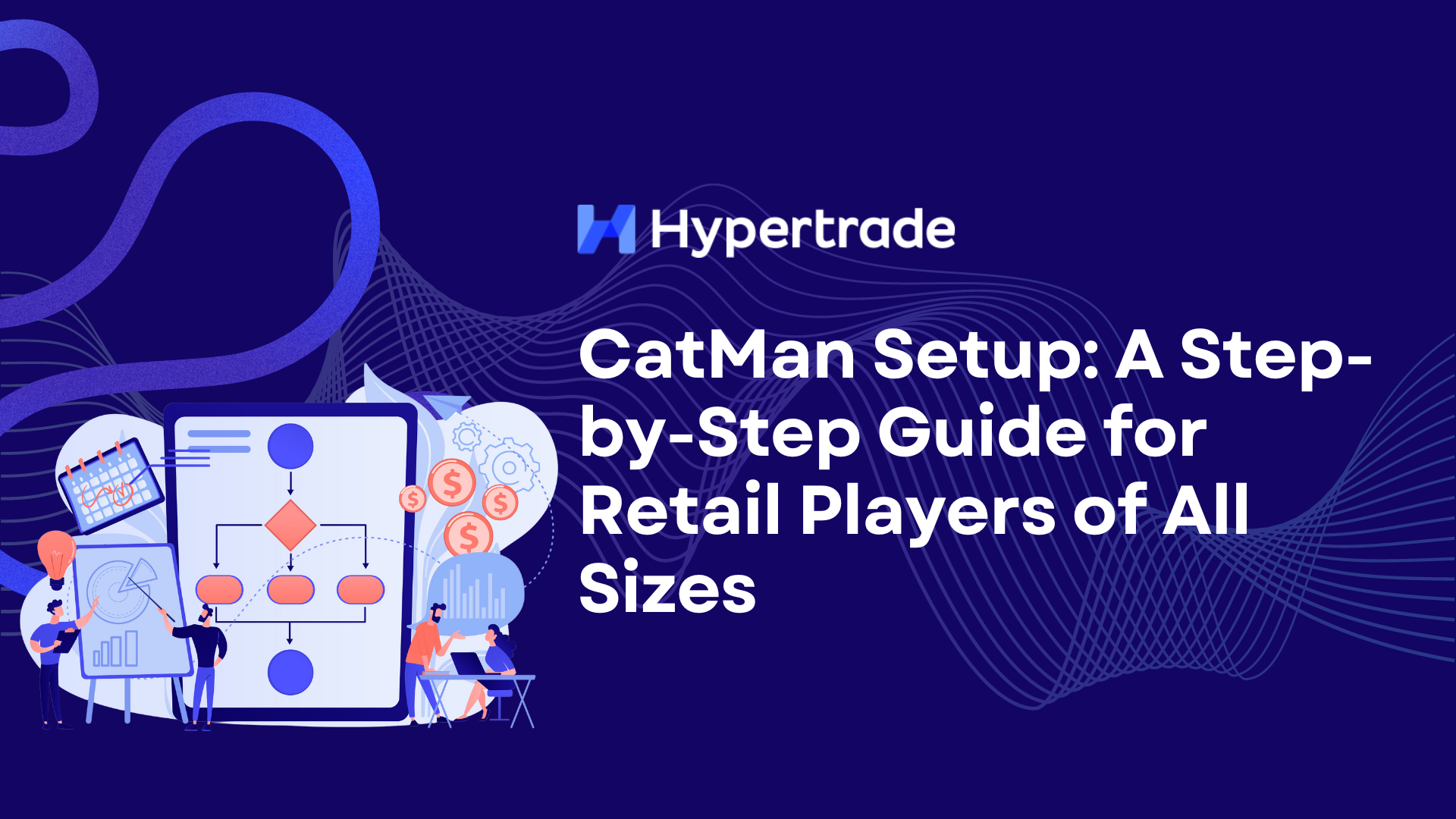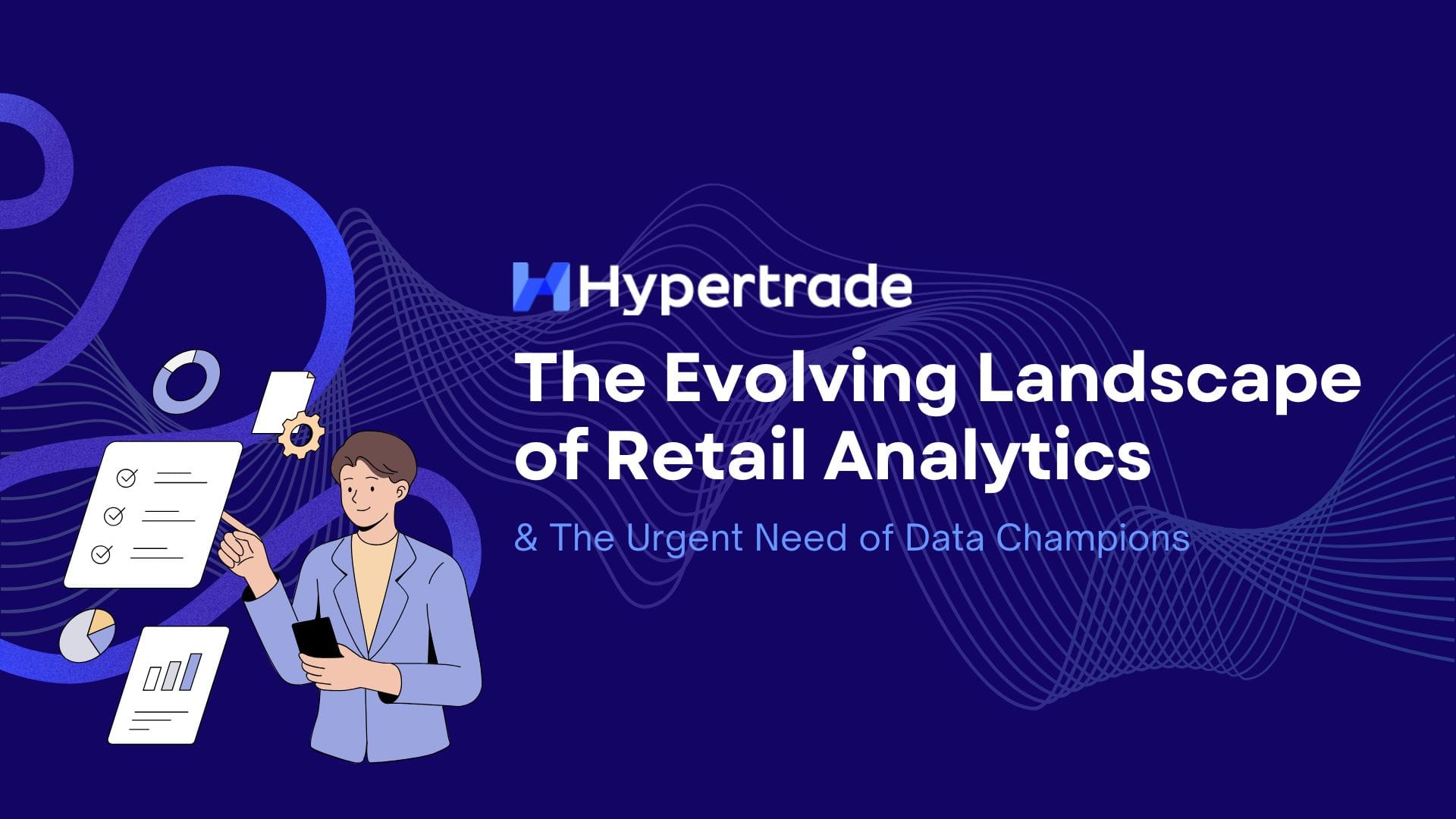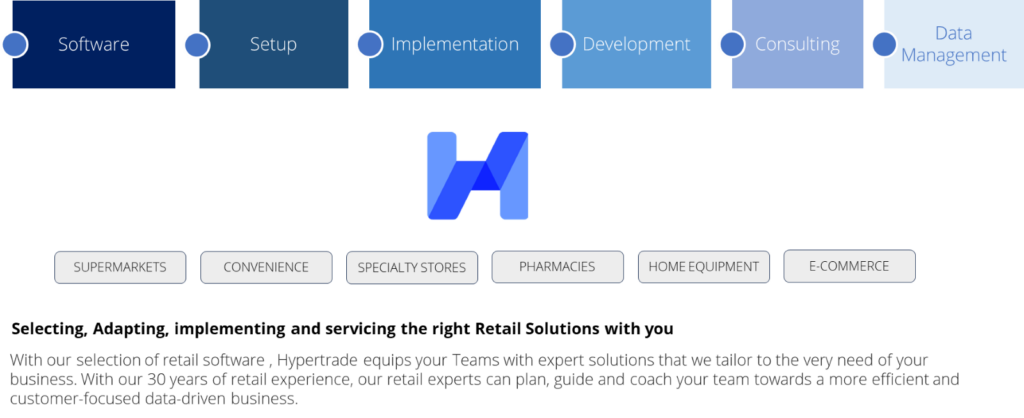Are You Setting Up Data-Driven Category Management in 2024?
The challenges faced by retail players during the last 3 years have now made it very clear that data-driven decision-making is no longer a luxury but a necessity.
Retail players of any size can no longer afford to operate in silos of data, making decisions based on intuition or gut feeling. By embracing data-driven Category Management, it becomes possible to gain a deeper understanding of customer behavior, market trends, and product performance, allowing them to make more informed decisions that drive sales, improve margins, and enhance customer satisfaction.
The cost of technology has significantly decreased, making it more accessible to businesses. Additionally, there is a wealth of knowledge available on category management principles and best practices, making it easier for retailer players to implement data-driven approaches.
If you have put Data-Driven category management at the top of your 2024 agenda, this five-step progressive approach provides a roadmap for retail players willing to embark on their data-driven category management journey, starting with the foundations and building upon them over time.
A simple Planning of this 5 steps approach is available at the end of this article.
1. Define Your Rules: Establish a Data Governance Framework
Often forgotten or considered too lightly, before diving into data-driven decision-making, the establishment of a robust data governance framework is crucial. This involves identifying data sources (for example: ERP, POS, E-com website, Loyalty…), defining data quality standards, and establishing data access protocols. A well-defined data governance framework ensures data integrity and consistency, enabling informed category management decisions.
To Start now:
- A comprehensive data governance policy (a word document for example, that can be improved little by little) data quality standards, and data security measures. Later, data ownership and access protocols can be added. Focus your first efforts on Data Quality Standards: it starts with defining how to write an item description, quantity and packing, and how to attach a product to a category!
- Deliverable 3: A data quality assessment plan to identify and remediate data inconsistencies, missing values, and errors.
Within 6 months: A data inventory identifying all data sources, including point-of-sale systems, CRM systems, market research reports, and external data providers.
2. Collect and Consolidate Retail Data
Retailers collect vast amounts of data from various sources, such as point-of-sale systems, customer relationship management (CRM) systems, and market research reports. The key is to collect, aggregate, and cleanse this data to create a unified data repository. This repository serves as the foundation for data analysis and category management insights.
To Start now:
- A data integration strategy outlining the process of collecting, aggregating, and cleansing data from disparate sources.
- A data warehouse or data mart that serves as a centralized repository for consolidated retail data (it can also be a simple space on the cloud to start with!)
3. Identify Key Metrics and Analyze Category Performances
Once you have started to collect, organize and structure your data, it is now the right time to define the key performance indicators (KPIs) relevant to each category. These KPIs could include sales figures, margin analysis, customer satisfaction metrics, and competitor performance data. By analyzing these KPIs, retailers can gain insights into the performance of individual categories and identify areas for improvement.
It is reasonable to start analyzing loyalty and customer data at this stage to integrate them in Category Performance analyses.
At this stage, you will have already identified a set of key performance indicators (KPIs) to track the performance of each category. You will have also collected and consolidated relevant data from various sources, including point-of-sale systems, customer relationship management (CRM) systems, and market research reports.
For example, by analyzing loyalty data, retailers can identify which customers are most profitable and loyal to the store. This information can be used to develop targeted marketing campaigns and promotions that appeal to these high-value customers.
To Start now
A comprehensive set of KPIs for each category, aligned with your business objectives. Start simple and focus on a few of them. Learn more on E Category Performance.
- A Training program to ensure all Teams have equal knowledge on the selected KPIs: their meaning, how to read them and what decisions-making they can support.
- A data visualization dashboard that effectively presents key performance indicators and category trends.
- Define simple processes to describe how you want E Assortment Planning and E Promotion Planning to be executed.
Within 6 months
- A root cause analysis of performance gaps, identifying specific factors contributing to underperformance or opportunities for improvement.
4. Enrich your Data: Develop Category-Specific Data Models
Another word for data model is data template. At this stage, the objective is to enrich your data. As you started capturing, organizing, and using data, you can further enhance your data-driven insights by developing category-specific data models. These models can incorporate factors such as product attributes, customer preferences, and market trends to create a deeper understanding of each category’s dynamics. This allows for more granular and actionable insights. In other words, add more details to your data so you can access better insights later on with machine learning and AI algorithms.
For example
- Data models that capture the relationships between product attributes, customer preferences, and market trends for each category.
- Anomaly detection tools that identify unusual data patterns or outliers that may require further investigation.
5. Integrate Data-Driven Insights into Category Management Processes
Assortment management and promotion planning should be directly informed by data-driven insights. This means using data to identify the best product mix, optimize pricing, and develop targeted promotional campaigns. The data-driven insights should be embedded into the decision-making processes for these two key functions.
For example:
- Continue improving what you started in step 3 Category management playbooks that outline data-driven strategies for pricing, assortment, promotion, and merchandising.
- Plan and execute regular category reviews that assess performance against KPIs and incorporate data-driven insights into decision-making (once every quarter for your Top 10 categories is a good starting point)
- Make the use of data a part of your culture: make data the necessary common collaboration language across Teams to explain and substantiate their decisions.
By integrating assortment management and promotion planning throughout the five-step progressive approach, medium-sized retailers can ensure that these critical processes are aligned with the overall data-driven category management strategy. This approach will lead to more effective assortment decisions, impactful promotion strategies, and ultimately, improved category performance.
Once you have planned and communicated these 5 steps, shared with the Teams the benefits they can get (from time saving to the satisfaction of delivering better performances) and are together embarking on this journey, you will realize that you just opened and Ocean of Opportunities: dynamic pricing, effective promotion workflows automation, data-driven collaboration, …You too can achieve what large retailers do.
The hardest is to start.
Table 1: Example of a Data-Driven Category Management Journey

Stage 3 is a pivotal stage: it transforms the preparation work done during steps 1 and 2 and prepares the foundations for continuous improvements in step 4 and 5.
Hypertrade is a leading 1-Stop-Shop software for retail players seeking to optimize their operations and customer experiences across all touchpoints. Hypertrade comprehensive retail software solutions approach ensures that it provides clients with personalized support throughout their journey, tailoring solutions to their specific needs and capabilities at each stage.
Present across 3 continents, Hypertrade addresses the critical needs of omnichannel retailers and manufacturers across the entire retail value chain.
- Category Management
- Assortment Optimization
- Planograms
- Promotion Workflows Automation
- Demand Planning







